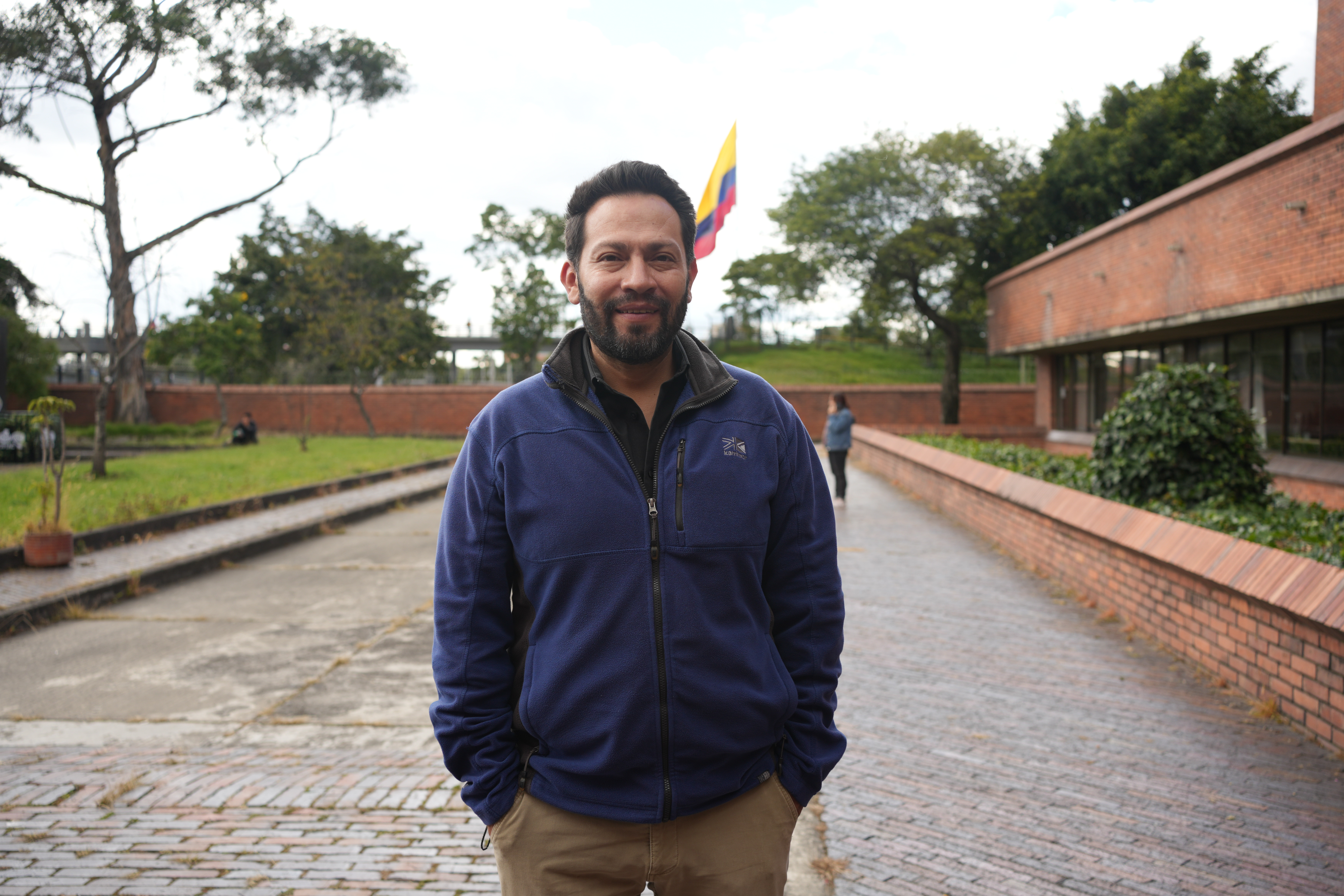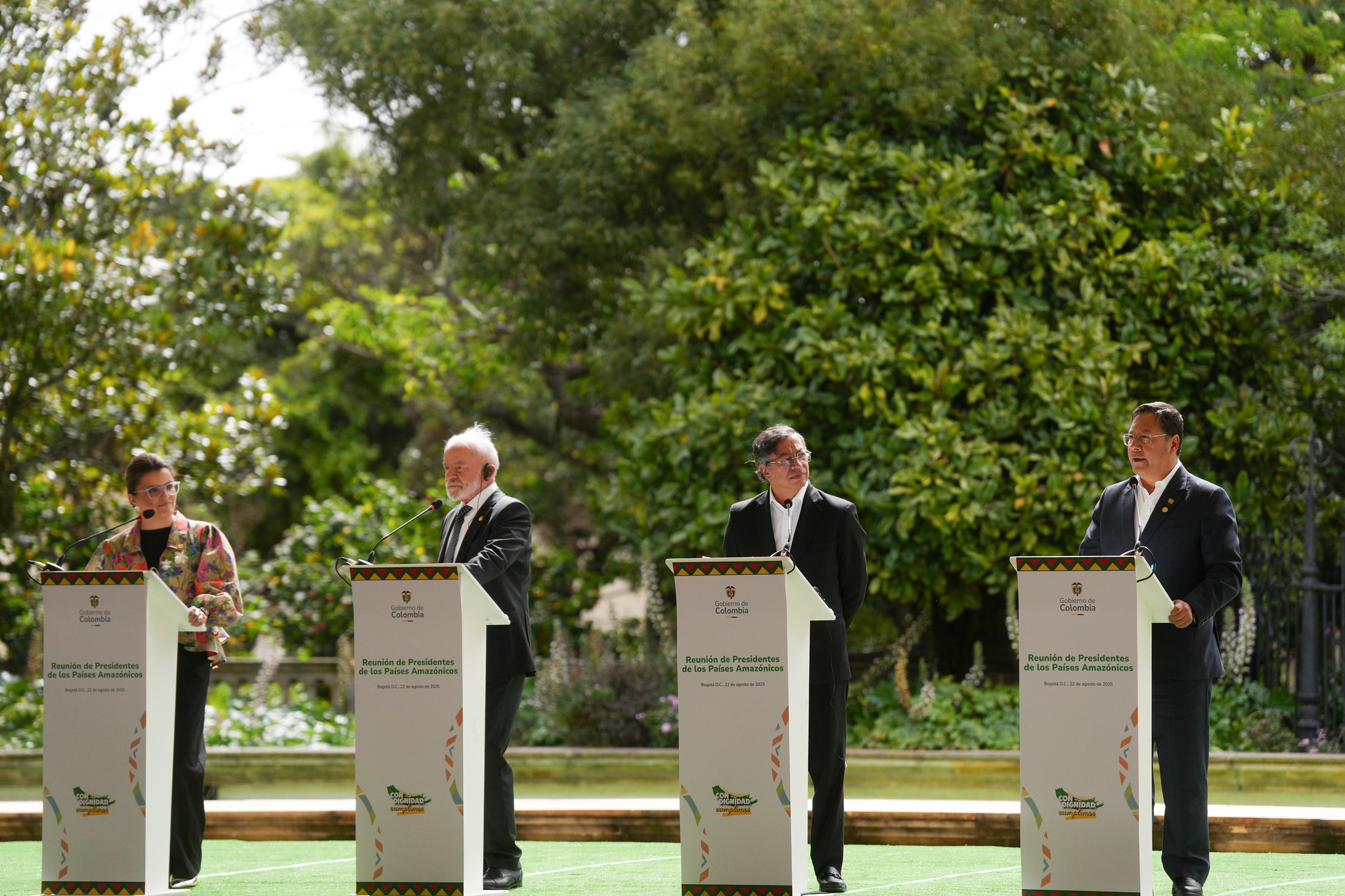Bogotá, August 20, 2025 (@OCTAnews) – The Amazon Basin is the largest freshwater system in the world. That is why the Amazon Cooperation Treaty Organization (ACTO) continues to step up efforts to make the protection of these water resources a top priority through programs and initiatives aimed at safeguarding them.
To put this into perspective: the Amazon Basin is the most biologically diverse river basin on the planet, covering approximately 6,111,800 km², more than six times the size of New York City.
On Wednesday, within the framework of the Amazon Countries Summit taking place in Bogotá, Colombia, experts, academics, and civil society representatives gathered to discuss ongoing monitoring of Amazon water resources and why their protection is essential for the survival of the entire ecosystem.
“It was a highly productive discussion in which we highlighted the importance of incorporating local indicators on the ecosystem hydrological cycle. For this purpose, we need a cross-border coordination and more spaces like this, where the commitment of ACTO member governments and the ancestral peoples who inhabit the region is reaffirmed,” said Fernando Cisneros, Technical Consultant for the implementation of ACTO’s Strategic Action Program (SAP).
What is SAP and how does it work? SAP is a regional initiative for the integrated management of water resources in the Amazon Basin, designed to promote the sustainable use of water as a strategic resource and provide collective responses to the rapid degradation of water, land, and biodiversity. It also includes training programs to help basin communities adapt to climate variability and its associated challenges.
“In addition to SAP, we have the Amazon Network of Water Authorities (RADA), a platform for participation and coordination to enhance information exchange and improve planning and governance. Mutual support is key when it comes to enabling public agencies in each country to adopt policies that establish guidelines for the proper use of water resources,” Cisneros added.
Another key takeaway from the session was the need to view the conservation of the Amazon Basin as an interconnected whole, dependent on ecological, socio-cultural, and institutional dimensions. In other words: traditional knowledge, civil society, and governments working together to strengthen the governance of the Amazon Basin.
“There were valuable contributions from territorial, national, and cross-border perspectives—ideas that will help us shape a new outlook and continue working toward our shared goal: protecting Amazon water resources,” Cisneros concluded.
It is a reminder that the forest and its rivers must be protected through an integrated and coordinated approach, reflecting the connectivity of the ecosystem itself—and always with the support of indigenous peoples, civil society, the scientific community, and Amazon States.
Follow us on social media:
X: @OTCAnews
IG: @otca.oficial


